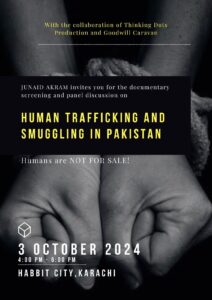The Overlooked Struggles of Sudanese Refugees in Egypt
In the shadow of the Pyramids, a less visible but deeply troubling issue persists—the challenges faced by Sudanese refugees in Egypt. Despite a long history intertwined with Egypt, the situation for these refugees has become increasingly precarious, particularly since the eruption of the latest conflict in Sudan on April 15, 2024.
Historically, Sudanese were a significant part of the Egyptian fabric, moving freely across borders shared under colonial administration and even serving in the Egyptian army. However, post-1956 Sudanese independence, the dynamics shifted dramatically. The mid-1990s political upheavals in Sudan forced many to seek refuge in Egypt, where they once moved freely. This influx changed again with the Iraqi refugee wave following the American invasion of Iraq in 2003, altering the demographic and support systems in place for Sudanese refugees.
Today, more than 232,474 Sudanese refugees are in Egypt, facing a complex web of challenges. Employment is a critical issue, hindered by stringent labor laws and reservations on the 1951 Refugee Convention’s articles regarding work. Health care and education follow suit, with access so limited that only recognized refugees receive funding for schooling through high school from organizations like Catholic Relief Services.
The most harrowing challenge, however, lies in their security. There have been numerous reports of physical assaults against Sudanese refugees, some allegedly by Sudanese security elements in Cairo. Despite evidence and official police reports, the response from local authorities and the UNHCR has been tepid, often relegating cases to local lawyers with limited power or willingness to act.
The current political climate only exacerbates these issues. Egypt’s initial open-door policy at the crisis onset in April 2024 quickly reversed after reports of prison escapes in Sudan. The brief window allowing visa-free entry closed swiftly, replaced by stringent security checks and an irregular status for many. This has resulted in sporadic detention waves, targeting individuals with dark skin under the guise of immigration control, leading to deportations without adequate checks for refugee status or fear of persecution.
Such actions underline the precarious balance Egypt tries to maintain between upholding international refugee protections and securing national safety. Unfortunately, this balance often tips away from protection, leaving many Sudanese in a perilous limbo.
As the situation develops, it’s crucial for international advocates and local authorities to prioritize the safety and rights of Sudanese refugees. Building better policy frameworks, enhancing security protocols within the refugee assistance programs, and ensuring adherence to international law are steps that can no longer be deferred.
For the Sudanese refugees in Egypt, the road ahead is fraught with uncertainty, but with concerted effort and robust advocacy, hope remains to turn their plight into a pathway toward stability and integration. Their story is a stark reminder of the complexities facing refugees worldwide and the urgent need for comprehensive and compassionate solutions.



